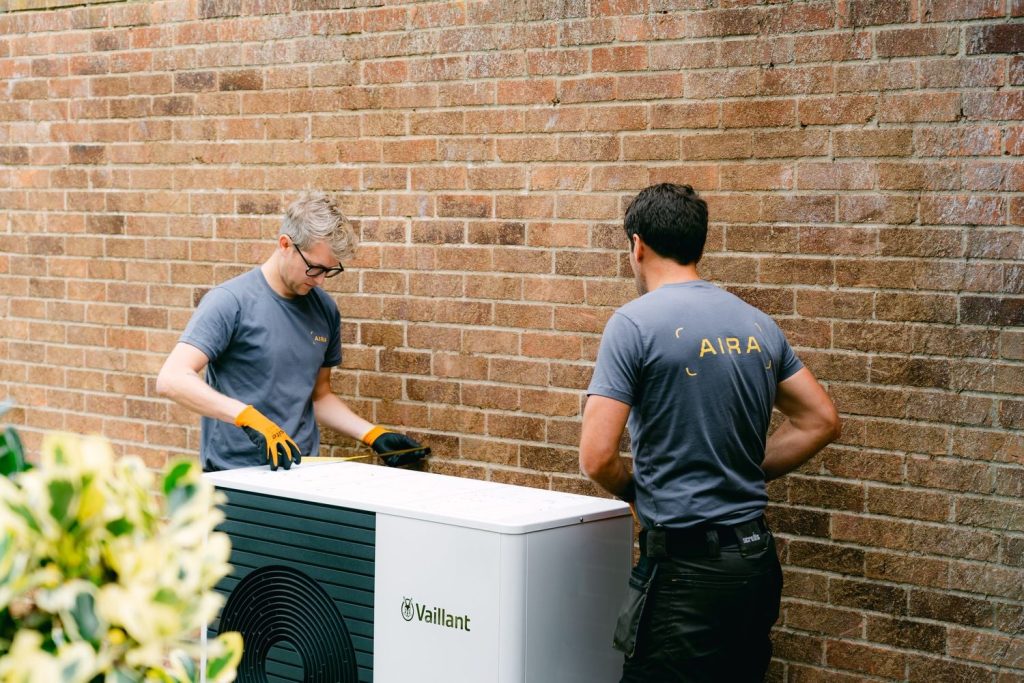As the world grapples with the challenges of climate change and the urgent need to reduce greenhouse gas emissions, the importance of sustainable heating solutions cannot be overstated. Among these solutions, high-efficiency heat pumps have emerged as a promising technology that offers substantial environmental benefits. By utilizing renewable energy sources and operating with exceptional efficiency, heat pumps provide a pathway to significantly reduce the carbon footprint associated with residential and commercial heating. High-efficiency heat pumps work by transferring heat from one place to another rather than generating heat through combustion. This fundamental difference allows them to operate with remarkable energy efficiency. For instance, an air-source heat pump can deliver up to three units of heat for every unit of electricity consumed, while a ground-source heat pump can achieve even higher efficiencies. This is in stark contrast to traditional heating systems, such as furnaces or boilers, which typically have efficiencies below 100%.

The environmental benefits of high-efficiency heat pumps are manifold. Firstly, their reduced energy consumption translates directly into lower greenhouse gas emissions. In regions where the electricity grid is increasingly powered by renewable energy sources, the carbon savings are even more pronounced. As the grid becomes greener, the environmental performance of heat pumps improves, creating a virtuous cycle of sustainability. Moreover, the use of heat pumps can alleviate the demand for fossil fuels, which are finite resources and major contributors to air pollution and climate change. By shifting to heat pumps, we can decrease our reliance on natural gas, oil, and coal, thereby reducing harmful emissions and the associated health impacts. Another significant advantage of high-efficiency heat pumps is their versatility in different climatic conditions. Modern heat pump efficiency chart are designed to operate efficiently in a wide range of temperatures, making them suitable for various geographic locations. In colder climates, advancements in technology have led to the development of cold climate heat pumps that can maintain high performance even in sub-zero temperatures.
Furthermore, heat pumps offer a holistic approach to energy management by providing both heating and cooling capabilities. In warmer months, the same system that heats a building in winter can be reversed to provide air conditioning, eliminating the need for separate heating and cooling systems. This dual functionality not only enhances the overall efficiency of the system but also reduces the materials and resources required for installation and maintenance, further diminishing the environmental impact. The transition to high-efficiency heat pumps also supports the broader goals of energy independence and resilience. By decreasing the demand for imported fossil fuels, countries can enhance their energy security and reduce vulnerability to geopolitical tensions and supply disruptions. Additionally, decentralized heat pump installations can contribute to a more resilient energy infrastructure, capable of withstanding extreme weather events and other disruptions and get more info in this website www.jnodenergy.com. Their ability to dramatically reduce energy consumption and greenhouse gas emissions, combined with their versatility and dual functionality, make them an environmentally beneficial alternative to traditional heating systems.
